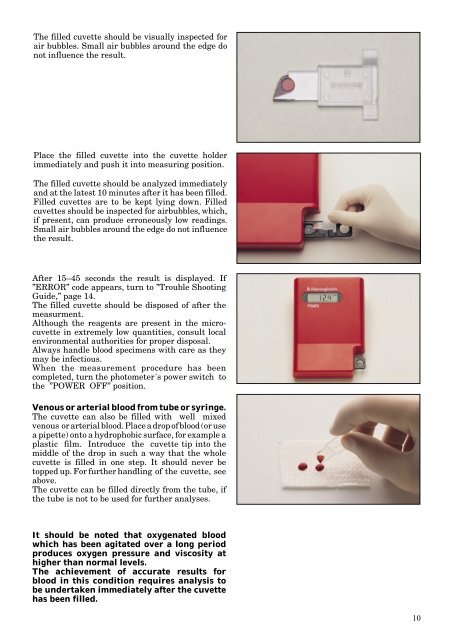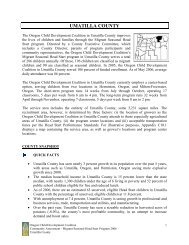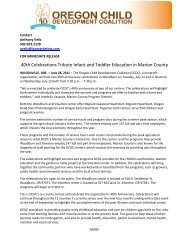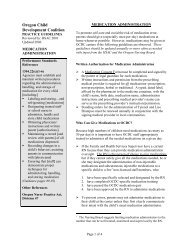Control Cuvette
Control Cuvette
Control Cuvette
You also want an ePaper? Increase the reach of your titles
YUMPU automatically turns print PDFs into web optimized ePapers that Google loves.
The filled cuvette should be visually inspected for<br />
air bubbles. Small air bubbles around the edge do<br />
not influence the result.<br />
Place the filled cuvette into the cuvette holder<br />
immediately and push it into measuring position.<br />
The filled cuvette should be analyzed immediately<br />
and at the latest 10 minutes after it has been filled.<br />
Filled cuvettes are to be kept lying down. Filled<br />
cuvettes should be inspected for airbubbles, which,<br />
if present, can produce erroneously low readings.<br />
Small air bubbles around the edge do not influence<br />
the result.<br />
After 15–45 seconds the result is displayed. If<br />
”ERROR” code appears, turn to ”Trouble Shooting<br />
Guide,” page 14.<br />
The filled cuvette should be disposed of after the<br />
measurment.<br />
Although the reagents are present in the microcuvette<br />
in extremely low quantities, consult local<br />
environmental authorities for proper disposal.<br />
Always handle blood specimens with care as they<br />
may be infectious.<br />
When the measurement procedure has been<br />
completed, turn the photometer´s power switch to<br />
the ”POWER OFF” position.<br />
Venous or arterial blood from tube or syringe.<br />
The cuvette can also be filled with well mixed<br />
venous or arterial blood. Place a drop of blood (or use<br />
a pipette) onto a hydrophobic surface, for example a<br />
plastic film. Introduce the cuvette tip into the<br />
middle of the drop in such a way that the whole<br />
cuvette is filled in one step. It should never be<br />
topped up. For further handling of the cuvette, see<br />
above.<br />
The cuvette can be filled directly from the tube, if<br />
the tube is not to be used for further analyses.<br />
It should be noted that oxygenated blood<br />
which has been agitated over a long period<br />
produces oxygen pressure and viscosity at<br />
higher than normal levels.<br />
The achievement of accurate results for<br />
blood in this condition requires analysis to<br />
be undertaken immediately after the cuvette<br />
has been filled.<br />
10<br />
10






